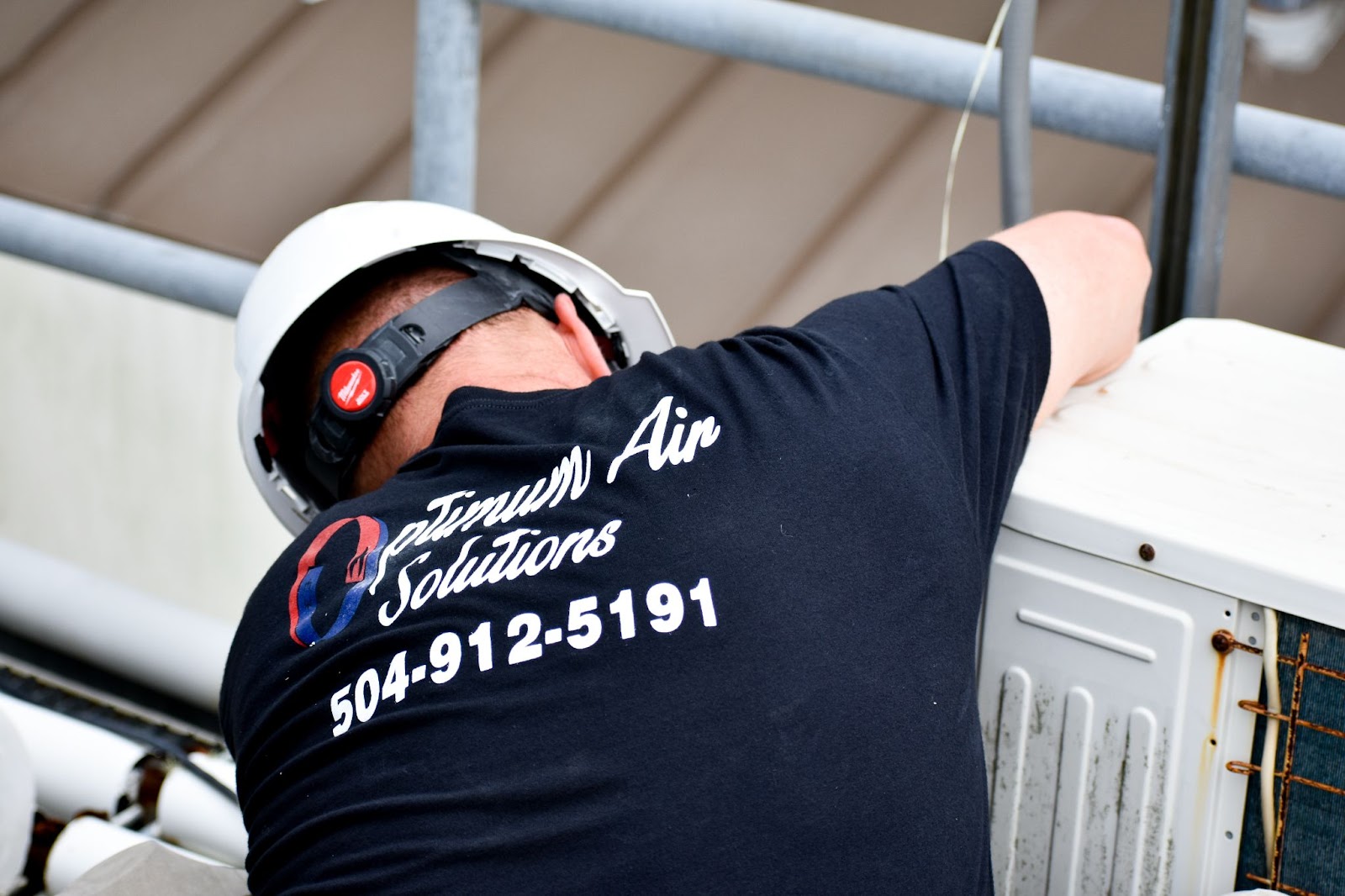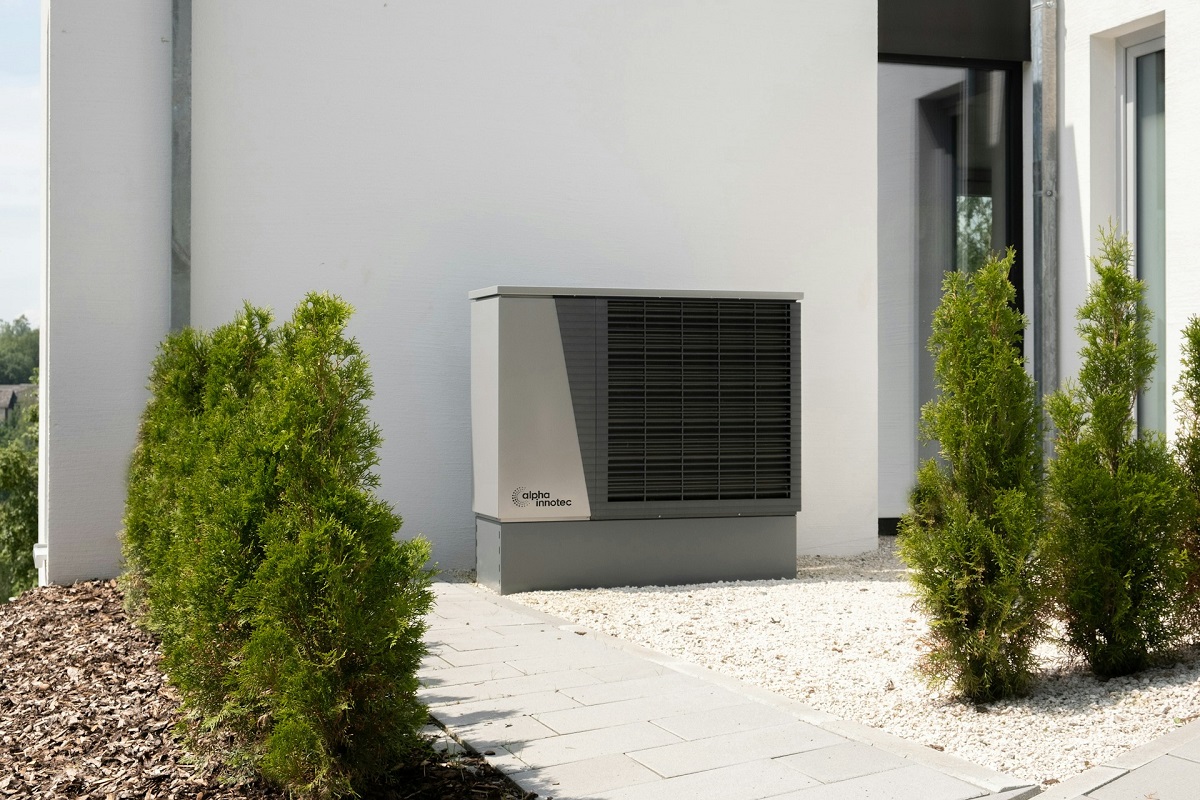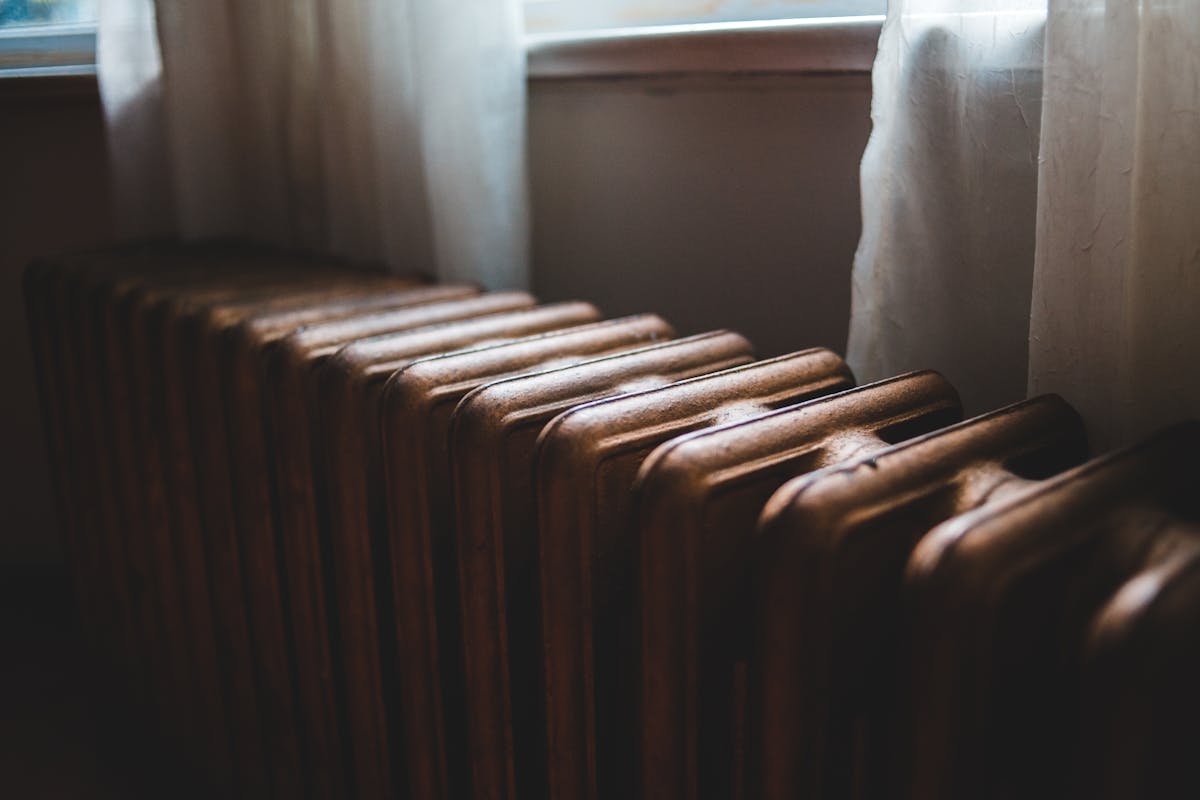
Do you find your energy bills too high and your home too hot in the summer? If you are searching for tips for a cool and energy-efficient home to fix this problem, you are in the right place.
The answer is something many people don’t think about: better home insulation.
Lots of homeowners face the same issue. If your home isn’t insulated well, it can get too hot in summer and too cold in winter. But don’t worry, this article is here to help. We will talk about the newest ideas for better insulation to keep your home cool and save energy.
So, let’s find out some of the best tips for a cool and energy-efficient home that will save you a lot of extra costs.
- Importance of Proper Insulation in Your Home
- Insulation Tips for a Cool and Energy-Efficient Home
- 1. Identifying and Sealing Gaps:
- 2. Upgrading Your Insulation:
- 3. Attic Insulation:
- 4. Windows and Doors:
- 5. Programmable Thermostats:
- 6. Regular HVAC Maintenance:
- 7. Ventilation and Air Sealing:
- 8. Using Natural Ventilation:
- 9. Insulating Your Water Heater:
- 10. Checking for Government Rebates:
- Final Words
Importance of Proper Insulation in Your Home
Before getting straight to the tips for energy conservation insulation, it’s better to first understand the importance of proper insulation in your home.
Well, think of insulation as your home’s cozy sweater or warm winter coat. Just as you’d wrap up warmly to protect yourself from the cold, your home needs insulation to shield it from the extreme temperatures outside.
Here are a few reasons why proper insulation is a big deal:
- Energy Efficiency: Good insulation keeps your home at a consistent and comfortable temperature year-round. It prevents the heat from escaping during the winter and keeps the cool air in during the summer. This means your heating and cooling systems don’t have to work as hard, which saves you money on energy bills.
- Comfort: Insulation makes your living spaces more comfortable. No more drafts or uneven temperatures from room to room. You can enjoy a cozy and pleasant atmosphere throughout your home.
- Environmental Impact: When your home is energy-efficient, you’re not just saving money – you’re also reducing your carbon footprint. Less energy consumption means fewer greenhouse gas emissions, which is great news for the environment.
- Soundproofing: Insulation doesn’t just regulate temperature; it also helps dampen noise. Whether it’s street traffic or noisy neighbors, insulation can provide a quieter and more peaceful living environment.
- Property Value: A well-insulated home is an attractive feature for potential buyers. It can increase your home’s resale value, making it a wise investment in the long run.
Now that we’ve covered the importance of insulation let’s move on to some practical tips on how to make your home more energy-efficient through better insulation.
Insulation Tips for a Cool and Energy-Efficient Home

So, here are some helpful insulation tips for a cool and energy efficient home that will help you save on your electricity bills.
1. Identifying and Sealing Gaps:
It’s crucial to start by checking for any gaps or openings in your home’s structure, such as around windows, doors, or in the walls. These gaps can let outside air sneak into your living spaces, making your heating and cooling systems work extra hard to maintain a comfortable temperature.
To fix this, you can use materials like weatherstrips, caulk, or foam to seal these gaps. By sealing these openings, you not only keep your home more comfortable but also reduce energy waste, which can lead to lower utility bills.
2. Upgrading Your Insulation:
If your home has older or insufficient insulation, consider upgrading to newer, more energy-efficient insulation materials. These modern materials, such as fiberglass, foam board, or spray foam, offer improved insulation properties.
Good insulation acts as a barrier that prevents outdoor temperature extremes from affecting your indoor comfort. It keeps your home cooler in the summer and warmer in the winter.
By doing this, it decreases the need for excessive heating and cooling, which ultimately leads to energy savings and lower utility costs.
3. Attic Insulation:
Don’t overlook the importance of properly insulating your attic. Heat tends to rise, and without adequate insulation in your attic, it can escape during the winter and enter your home during the summer, causing discomfort.
To address this, it’s essential to insulate both the attic floor and roof. This insulation acts as a buffer, maintaining a consistent indoor temperature. This not only improves comfort but also reduces the strain on your HVAC system, translating into energy savings and lower energy bills.
4. Windows and Doors:
When considering new windows and doors, prioritize energy-efficient options equipped with features like double or triple glazing and low-emissivity (low-E) coatings. These features help minimize the transfer of heat through your windows and doors.
By preventing excessive heat gain in the summer and heat loss in the winter, energy-efficient windows and doors make your home more comfortable year-round.
They also alleviate the workload on your heating and cooling systems, which ultimately results in lower energy usage and reduced energy expenses.
5. Programmable Thermostats:
Programmable thermostats give you the power to set temperature schedules for your home. You can program them to lower the temperature when you’re not at home or when you’re sleeping.
This strategic temperature management is an effective way to reduce energy consumption and cut down on heating and cooling costs. Programmable thermostats offer an easy and convenient solution to improve energy efficiency while maintaining your desired comfort levels.
6. Regular HVAC Maintenance:
It’s essential to schedule regular maintenance for your heating and cooling systems. Professionals can inspect and tune up your HVAC equipment to ensure it operates efficiently.
Well-maintained systems not only conserve energy but also extend their lifespan, reducing the risk of costly breakdowns. Routine maintenance not only saves you money over time but also ensures a consistent and comfortable indoor environment.
If you need HVAC Maintenance services, Optimum Air Solutions are always here to help you.
7. Ventilation and Air Sealing:
Proper ventilation is vital for maintaining good indoor air quality and preventing moisture buildup that can impact insulation.
Additionally, consider air sealing to minimize the flow of outdoor air into your living spaces through gaps or cracks. Air sealing reduces drafts, enhancing comfort and preventing your HVAC system from working harder than necessary to maintain temperature stability.
8. Using Natural Ventilation:
When the weather is mild, take advantage of natural ventilation by opening windows and doors. This allows fresh outdoor air to circulate through your home, reducing the need for artificial heating and cooling.
Natural ventilation not only conserves energy but also promotes a healthier indoor environment by introducing clean outdoor air.
9. Insulating Your Water Heater:
Wrapping a specialized blanket around your water heater is an easy and effective way to prevent heat loss. Water heaters can lose heat through their walls, especially if they are located in unheated spaces.
This insulation blanket keeps hot water from escaping, reducing the frequency at which your water heater needs to reheat the water.
Over time, this can lead to energy savings and lower water heating costs.
10. Checking for Government Rebates:
Be sure to explore government programs that offer financial incentives, rebates, or tax credits for homeowners who make energy-efficient improvements. These programs are designed to encourage energy conservation and sustainability.
Before embarking on any insulation projects, check with your local government or energy agencies to determine if you qualify for any initiatives that can help offset the cost of your insulation upgrades.
Final Words
By implementing these insulation tips, you can significantly enhance the energy efficiency of your home, leading to increased comfort and potential savings on energy bills.
continue reading
Related Posts
If you have never needed an air conditioner (AC) replacement
Are you considering upgrading to a new heating system but
Are you feeling the chill despite your heating system installation



